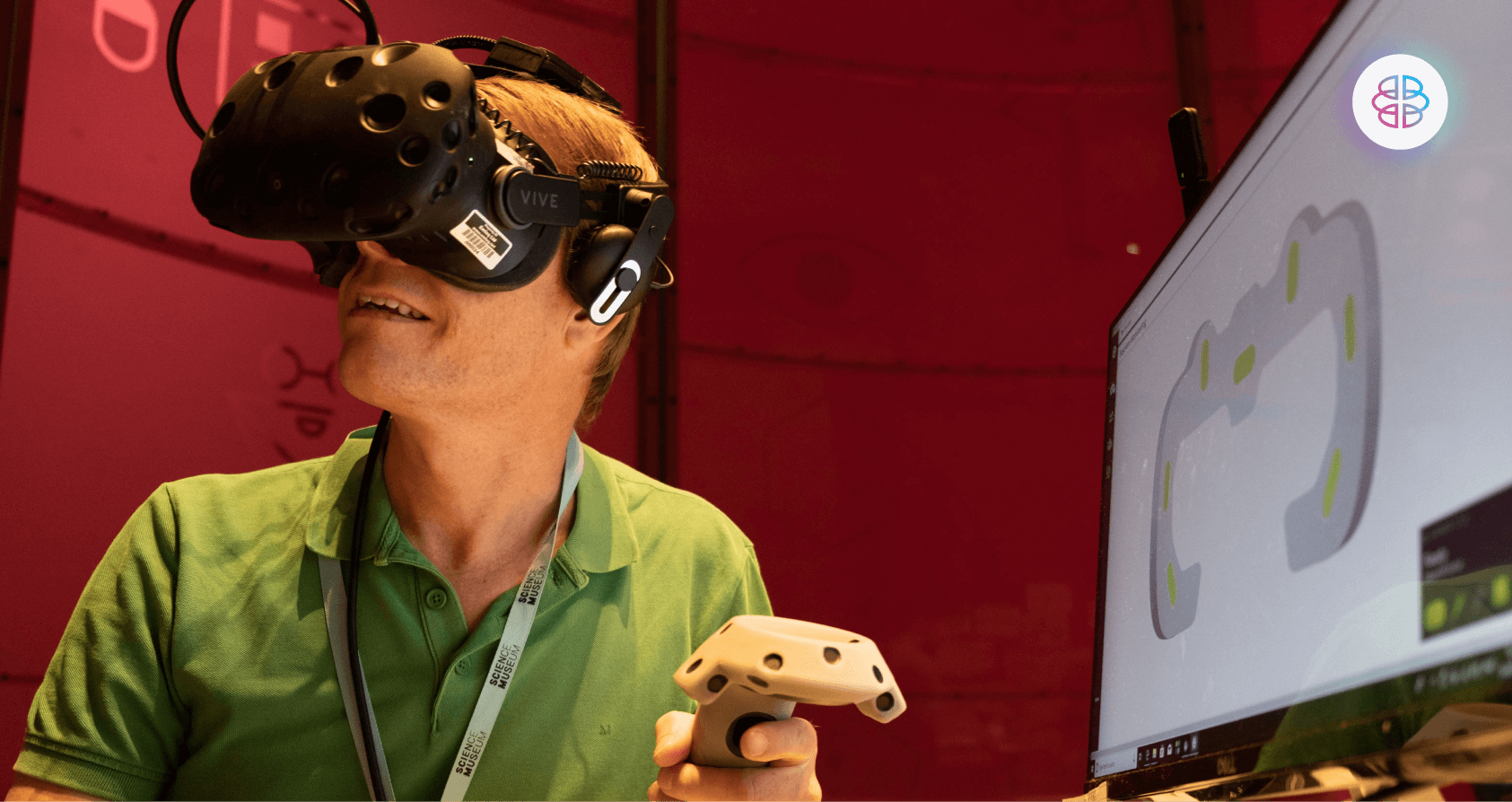The third episode of the Emotion Lab is dedicated to clinical research. You will hear from Charles, a surgeon, and James, an anaesthetist, who are now both entrepreneurs passionate about innovation, discussing current challenges in research and how advancing technology could help us overcome them.
Charles and James start the episode by discussing the current situation in research, namely the impacts of COVID-19 on trials, experiments, recruitment of study participants and others. With measures like social distancing, some research is simply impossible, others, extremely challenging. Could technology help here just as it did for healthcare during the pandemic with the acceleration of digital and telehealth? Charles explains that research often requires much more hardware and the scenarios tend to be more complex. However, technology can help during this challenging time and obstacles could be turned into opportunities.
Apart from COVID-19, what are the main challenges in research?
Charles and James discuss three main issues: participants’ lack of diversity, lack of real-life research settings and subjectivity of self-reports.
Diversity issues in research have been a topic for a while, especially since we recognised that gender and race have not been accounted for in important studies from the past. This issue often leads to studies failing to translate into therapeutic interventions. Charles explains the acronym WEIRD (Western, Educated, Industrialised, Rich), that describes most common research participants and gives examples of parameters used in clinical practices that are based on general models, though we know there are differences between groups. Luckily, with more and more people interested in building technologies that enable better research, in the future, a more inclusive approach may be possible. With more community and remote approaches, researches may be able to recruit participants from various ages, socioeconomic backgrounds and others.
Another friction point is the challenge to create real-life experience for research participants. Charles gives an example of a research partnership done at Emteq where researchers are trying to develop a ‘fear paradigm’ and are measuring biometrics of people walking on uneven ground. The experience has to be as realistic as possible. That’s one of the reasons why VR is a powerful tool and will enable better research. By stimulating reality and immersing participants without distractions, the research can be truly translated into real life.
Subjective self-reporting is part of clinical medicine and clinical research. The fields of psychology, mental health and others still rely on self-reported questionnaires. If you are conducting an experiment and have to keep asking a participant questions throughout (eg. how are you feeling?), the disruptiveness of this takes researchers further away from creating the “real-life” environment. Moreover, even if the intentions are genuine, participants’ replies are often biased due to their internal narratives and unconscious filters. Listen in to hear Charles explaining this idea further.
Charles and James finish the discussion thinking about how the future of research may look and what’s on the frontier of emotion and behaviour research. Charles emphasises that more focus should be placed on this field as most conditions have a large behavioural component and greater understanding could enable development of treatments for mental health illness and others.
“What’s becoming increasingly clear is that the model for research has to change. We need to work more collaboratively. We need to allow the best minds in different areas, such as statistics, sensors, data analysis, ML, protocol design, to collaborate in a much more flexible way without geographical boundaries – between universities, countries, cities. This will push the field forward and allow research to be what it could be – something that changes lives and prevents suffering” says Charles.







